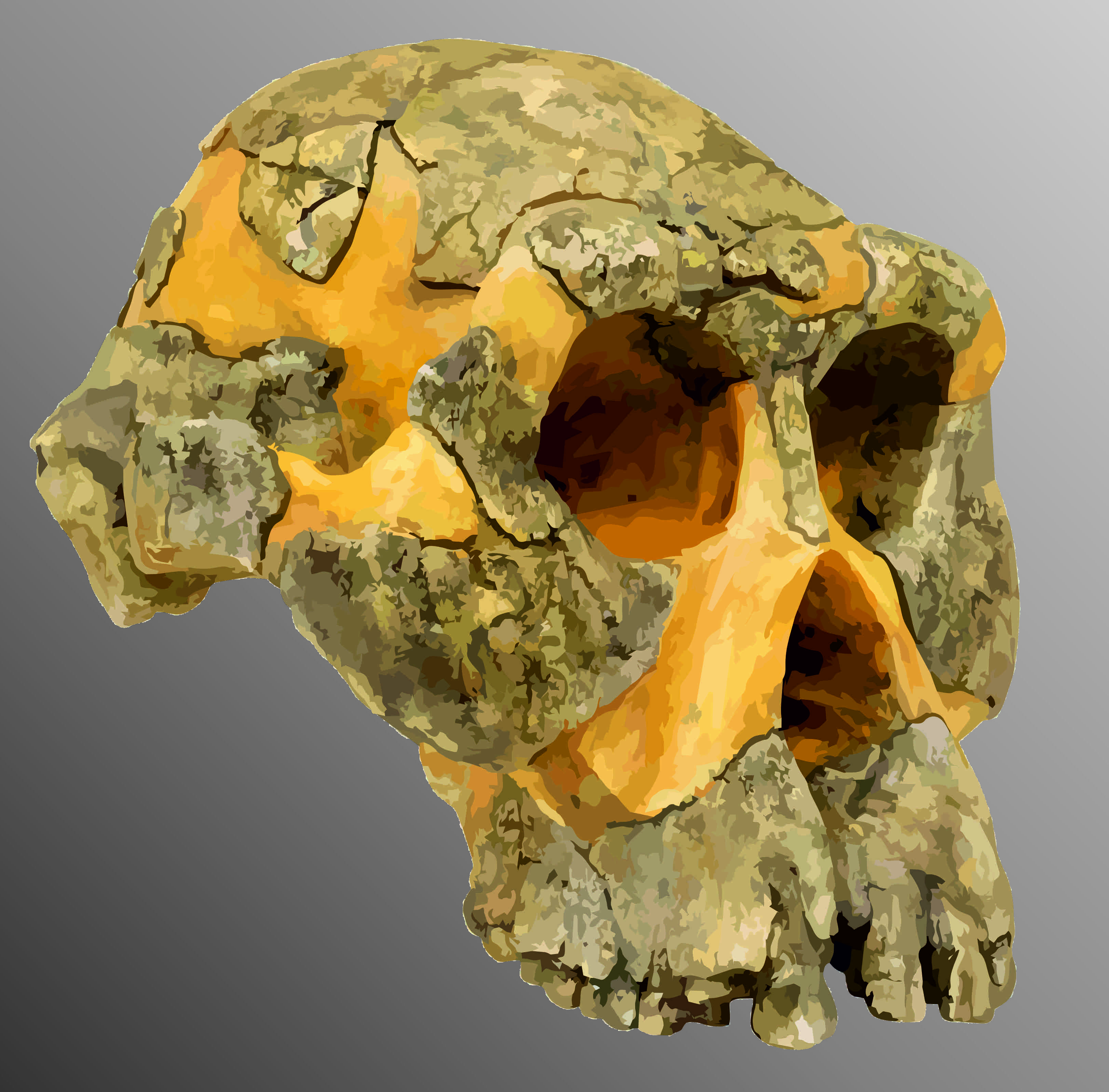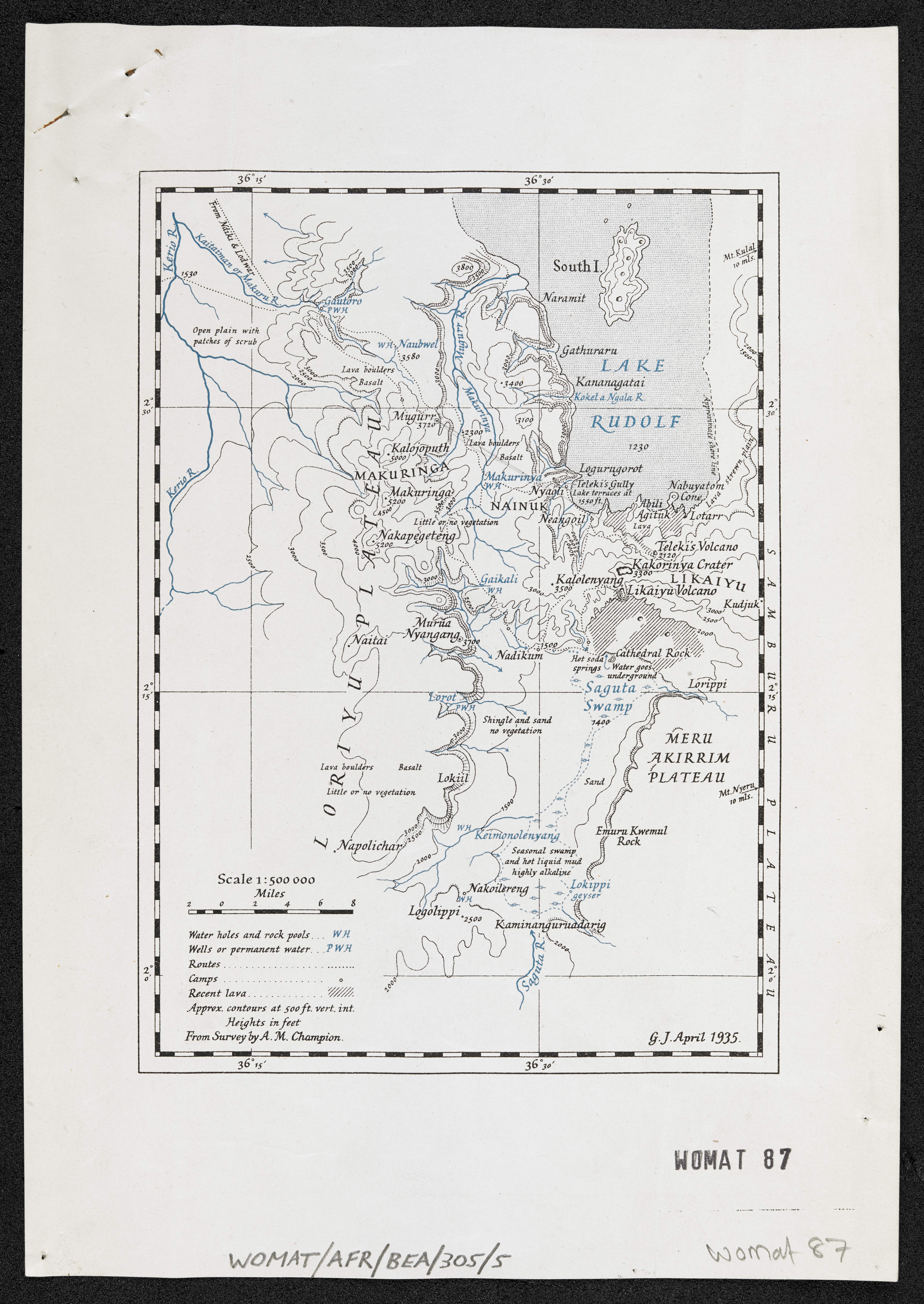Time Periods
Paleolithic
Mesolithic
Neolithic
Chalcolithic
Bronze Age
Iron Age
Classical Period
Post-Classical Period
Early Modern Period
Industrial Period
Contemporary Period
Time Periods
Paleolithic
Mesolithic
Neolithic
Chalcolithic
Bronze Age
Iron Age
Classical Period
Post-Classical Period
Early Modern Period
Industrial Period
Contemporary Period
Location
About
The Ledi-Geraru site in northeastern Ethiopia is a significant paleoanthropological location known for its ancient archaeological findings. It is renowned for the discovery of the LD 350-1 fossil, a hominin mandible fragment dated to approximately 2.8 million years ago. This artifact potentially represents one of the earliest known specimens of the genus Homo. Additionally, the site has yielded stone tools that date back to around 2.6 million years ago, highlighting early technological development. These findings provide crucial insights into the evolution and behavior of early hominins, bridging a gap in our understanding of human ancestry. Ledi-Geraru serves as an important window into the Lower Paleolithic period, offering valuable evidence of early human life and culture.
Archaeological Features
Explore the unique architectural and cultural elements found at this historical site
Miscellaneous Features
Historical Timeline
Journey through time and discover key events in this site's archaeological history
Plan Your Visit
Details
- Country
- Ethiopia
- Source
- Wikipedia
More Sites in Ethiopia

Middle Awash
Fossil-rich paleoanthropological research area in Ethiopia
Porc-Epic Cave
Middle Stone Age cave with microlithic tools

Hadar, Ethiopia
Paleontological site with hominin fossils

Lake Turkana
Volcanic, hominid fossils, alkaline desert lake

Omo Kibish Formation
Geological formation with rich paleoanthropological record

Mochena Borago
Rockshelter with Late Pleistocene deposits.